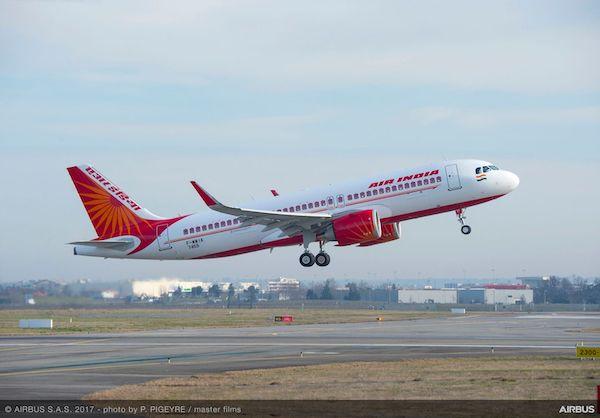
This week’s Flight Friday again looks at the Asia-Pacific, China, and Indian markets after the successful conclusion of Aviation Week’s MRO Asia Pacific event.
The narrowbody engine market is dominated by two “legacy” engines, the CFM56 and the V2500, and two “NextGen” engines, the Leap and the GTF. The Aviation Week Network Fleet Discovery database shows 76% of these narrowbodies—that are not stored—are powered by legacy engines; however, they only account for 73% of the flight hours as of August 2023. So, this suggests that where operators have a NextGen-powered fleet, they want to use that aircraft first and foremost to complete operations, especially on the longer sectors.
During the pandemic recovery, NextGen engines accounted for 12-13% of flight time. However, once the Boeing 737 MAX was cleared to fly in December 2020, we can see a jump in utilization that moved those numbers up to 15-20%. NextGen hours then continue to grow to between 25-30%, but with engine issues, primarily on the Pratt & Whitney GTF, we have seen the split of flight hours drop from 30% to around 25%.
The GTF’s durability issues—which are exaggerated by some of the flying conditions that are experienced within this broad collection of regions—and the issues of engine shop floor space to overhaul engines, supply chain woes, lack of workforce experience, and “counterfeit” parts, all of this adds pressure onto both the legacy- and NextGen-powered narrowbody fleets.
This data was put together using Aviation Week’s Tracked Aircraft Utilization tool.





